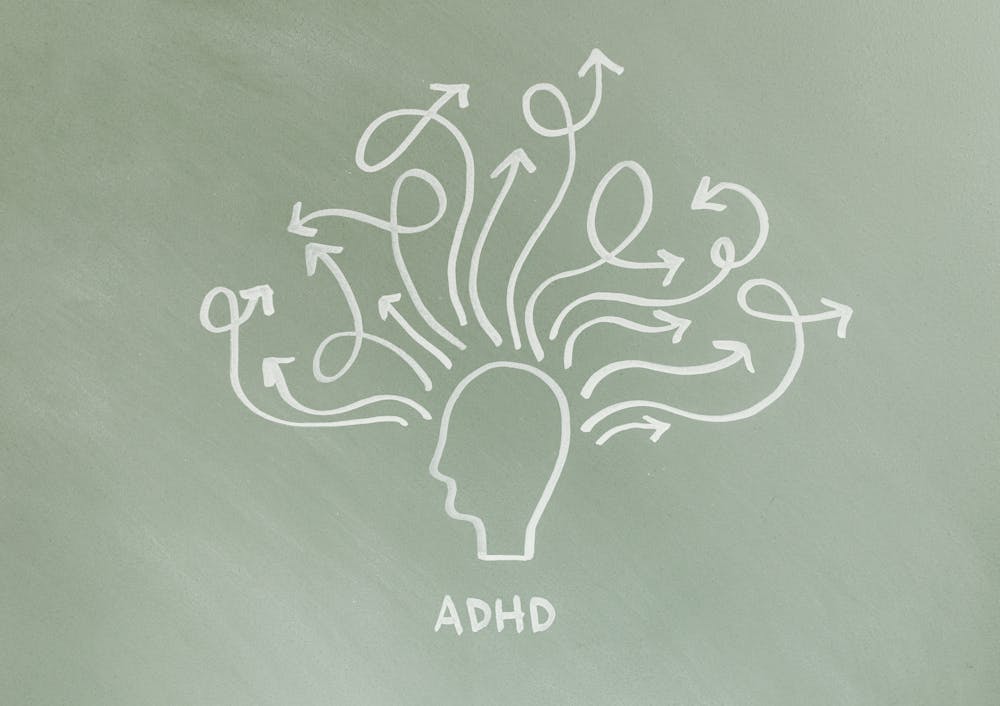4 Types of Valvular Heart Disease and How They Can Affect You
:max_bytes(150000):strip_icc():format(jpeg)/Health-GettyImages-1466363353-b42482cb5f954c24a2da8e6bc5f55f07.jpg)
Valvular heart disease, sometimes called heart valve disease, is when one or more of your heart valves don’t work properly. Your heart’s four valves keep blood moving in the right direction, but a poorly working valve causes abnormal blood flow in your heart.
With valvular heart disease, the heart works too hard, leading to lightheadedness, fainting, shortness of breath, and chest pain. This condition can affect any of the four heart valves with either valvular stenosis (narrowing) or valvular regurgitation (leakiness and backflow).
Valvular heart disease affects about 2.5% of adults in the United States. It may be present at birth, or it can occur over time due to causes such as aging, infection, and heart attack.
A cardiologist, a doctor who specializes in heart conditions, can diagnose and treat valvular heart disease to help you manage symptoms and prevent complications.
Design by Health
Healthcare providers classify valvular heart disease according to which of the four heart valves are affected and whether there is narrowing or leakiness. They may also grade the condition according to its severity and any symptoms.
Aortic Valve Disease
The aortic valve sits between the heart’s main pumping chamber (the left ventricle) and the aorta (the large blood vessel that carries blood from the heart to the body). Narrowing of this valve, known as aortic stenosis, impacts blood flow out of the heart. More than 13% of older adults have aortic stenosis.
Aortic regurgitation, on the other hand, is leakiness of the aortic valve when it’s closed. It causes blood to leak back from the aorta into the heart’s left ventricle.
Mitral Valve Disease
The mitral valve separates the left atrium (upper heart chamber) from the left ventricle (lower heart chamber). The left atrium drains blood into the left ventricle, which then pumps it out to the body.
Mitral regurgitation happens when blood leaks backward from the left ventricle to the left atrium when the valve is closed.
Mitral valve stenosis is the narrowing of the mitral valve, which limits the forward flow of blood from the left atrium to the left ventricle. It’s often due to rheumatic fever, a complication of an untreated strep infection. Rheumatic fever is uncommon in the U.S. among people born after 1943.
Tricuspid Valve Disease
The tricuspid valve separates the heart’s right-sided chambers: the right atrium and right ventricle. It opens to let blood flow from the right atrium to the right ventricle, and it closes while the heart contracts to push blood out to the lungs.
Tricuspid stenosis is a narrowing of the valve that blocks blood flow to the right ventricle.
Tricuspid regurgitation, which leaks blood back through the tricuspid valve, can occur with any condition that enlarges the heart’s right side.
Pulmonary Valve Disease
The pulmonary valve sits between the right ventricle and the pulmonary artery, the main blood vessel that brings blood from the right side of the heart to the lungs to pick up oxygen.
Pulmonary valve stenosis, or narrowing of the valve, is typically due to a congenital condition.
Pulmonary valve regurgitation occurs when blood leaks back through a closed pulmonary valve from the pulmonary artery into the heart. It’s typically caused by high blood pressure in the lung’s blood vessels (pulmonary hypertension).
Valvular heart disease may not cause symptoms, particularly in the early stages. As the condition progresses, it affects your blood flow and heart function. This can impair blood flow out of the heart and cause fluid to back up in your lungs and throughout your body. The resulting symptoms of valvular heart disease may include:
- Shortness of breath
- Trouble exercising or performing activities
- Rapid heartbeat or skipping heartbeats
- Lightheadedness or dizziness
- Fainting or passing out
- Tiredness
- Chest pain
- Weight gain that occurs quickly
- Swelling in the abdomen, legs, ankles, or around the eyes
- Fever, which may be a sign of a heart infection known as endocarditis
If you develop symptoms of valvular heart disease, see your healthcare provider so they can diagnose or rule out the condition.
Valvular heart disease may be congenital (occurring before birth) or acquired (happening later in life).
Congenital valve problems occur when the valve does not form properly before birth. According to the Centers for Disease Control and Prevention (CDC), about 1% of babies are born with a congenital heart problem. Certain congenital heart problems can affect the heart valves, including the genetic condition bicuspid aortic valve (BAV), which can lead to aortic stenosis or regurgitation.
Other heart valve problems may happen later in life due to factors such as:
- Infection: Rheumatic heart disease or endocarditis can directly impact the valves
- Aging: May lead to calcium deposits that can narrow the valves
- Cardiac devices: Pacemakers may impair valve closing and lead to leaking
- Heart attack: Can affect the muscles of the heart that attach to valves
- Radiation treatment: Can cause thickening and scarring of valves
A healthcare provider may first suspect valvular heart disease if they hear a heart murmur during your routine physical examination.
To investigate further, your provider may order an echocardiogram, an ultrasound test that provides information on your heart’s structure and function. The test shows the heart valves and how well blood moves through them.
In some cases, a cardiologist may further investigate with other heart tests such as:
- Heart magnetic resonance imaging (MRI) scan: Further visualizes heart valves and blood flow
- Cardiac computed tomography (CT) scan: Measures the amount of calcium buildup in valves
- Stress tests: Uses an echocardiogram to see how the heart performs under stress
- Cardiac catheterization: Directly measures the pressure inside the heart
If a healthcare provider suspects endocarditis along with heart valve disease, they will likely order blood tests to look for bacteria and inflammation.
The goal of treatment is to help you manage your symptoms and prevent or manage potential complications.
If cardiologists diagnose valvular heart disease before it leads to symptoms or complications, they can typically monitor mild leakage or narrowing over time. In this case, a cardiologist may periodically evaluate and perform imaging tests to confirm your condition isn’t worsening.
It’s important to attend regular follow-up appointments with your healthcare provider. If you develop symptoms or your heart shows signs of weakening due to the valve disease, your cardiologist may recommend further treatment. Treatment for valvular heart disease depends on its type, location, and severity, but options can include:
- Medications: Help treat symptoms and related conditions like high blood pressure, which can help ease the strain on your heart
- Antibiotics: Treating bacterial infections that could inflame the heart or preventing endocarditis
- Minimally invasive procedures: Repair the valves or remove calcium buildup
- Heart surgery: Replacing the heart valve
It’s not always possible to prevent valvular heart disease. Some people are born with it. In other cases, some practices can help you keep valve disease from developing or worsening:
- Treat underlying conditions like high blood pressure, high cholesterol, and coronary artery disease
- Take good care of your oral health and skin to help prevent infections that may lead to endocarditis
- Get proper treatment for strep throat infection to prevent rheumatic fever
Heart valve disease can be serious. Left untreated, it can lead to life-threatening complications such as:
- Heart failure: Valvular disease causes the heart to pump harder to move blood. This can eventually compromise the heart’s ability to pump blood in a way that meets your body’s needs.
- Arrhythmias: Irregular heart rhythms can occur with irregular blood flow.
- Stroke: If calcium buildup comes loose and travels to the brain, it can restrict blood flow to the brain.
- Infection in the heart and bloodstream: An endocarditis infection can also lead to sepsis.
- Problems with the aorta: Problems with blood flow can lead to aneurysms (bulging due to weakness of the aorta’s wall) or tearing.
Valvular heart disease is generally a chronic (long-term) condition, but it’s treatable. The outlook for the condition depends on many factors, including the valve affected, the severity of regurgitation or narrowing, and symptoms.
Severe and symptomatic valve disease has a poorer outlook and requires more treatment compared with mild, asymptomatic valve disease. Symptoms may interfere with daily activities, which is often a reason for a cardiologist or surgeon to suggest repairing or replacing a valve.
Your healthcare team can help create an individualized treatment plan for your specific circumstance and provide treatment and support to manage symptoms.










